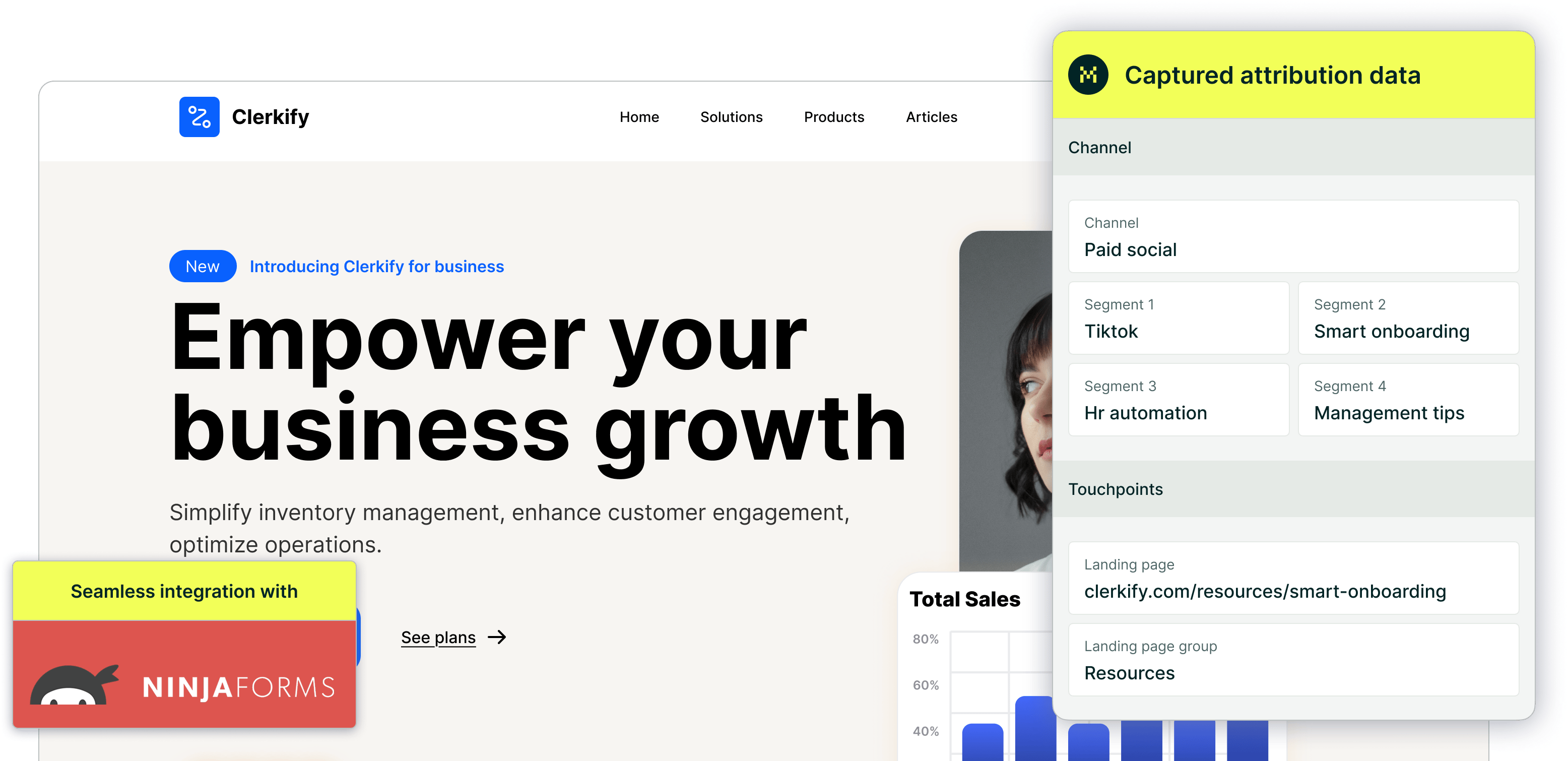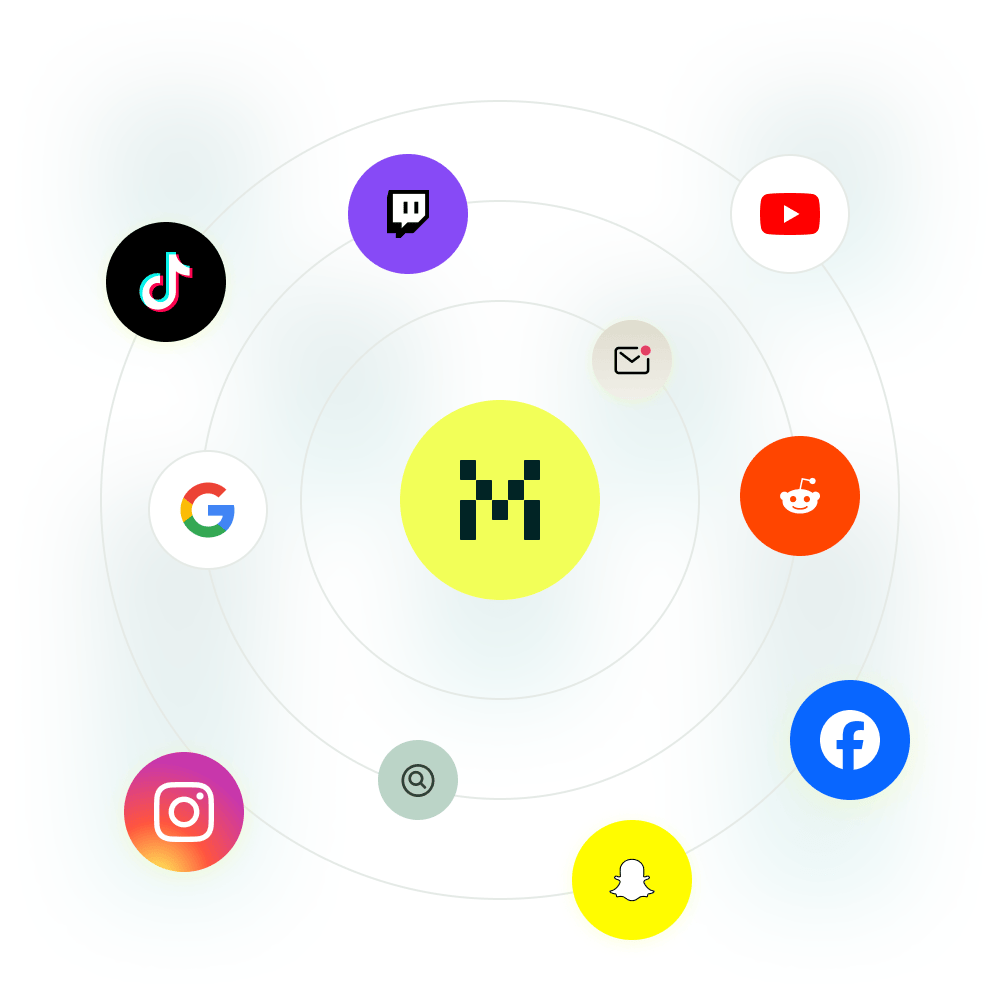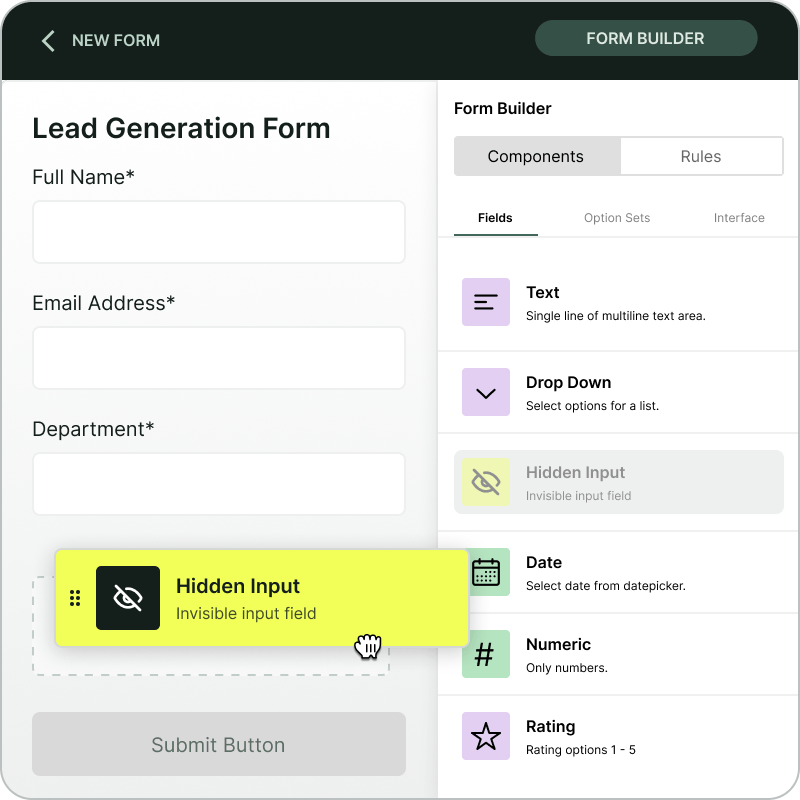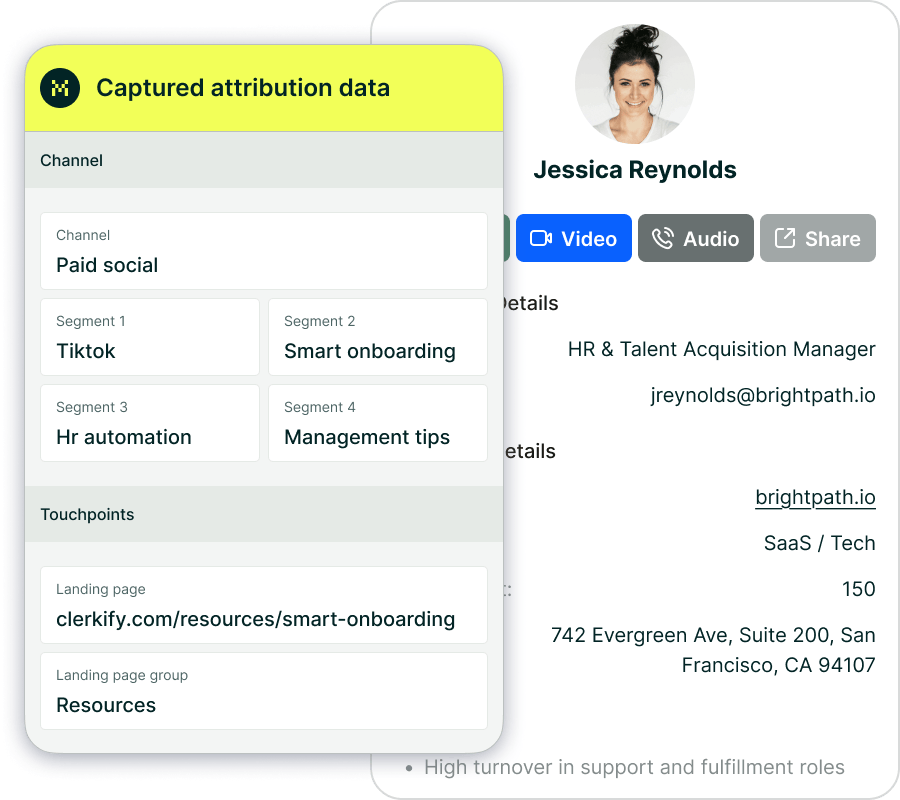The future of SEO: Thriving in a fragmented search world


Search is changing. Fast.
For years, SEO has really been GEO — Google Engine Optimization. Businesses focused almost exclusively on ranking in Google's search results, because that's where the overwhelming majority of discovery happened.
But that's no longer the full story. And honestly? That's good news.
The future of SEO is fragmented, sprawling across cars, glasses, voice assistants, smart devices, and visual search tools. And in this new world, the brands that embrace smarter strategies — powered by first-party data, attribution insights, and cohesive visibility — will win.
Let's break down why search is fragmenting, how it changes the future of SEO, and why having tools like Madlitics in your marketing stack isn't just helpful — it's essential.
It’s not just about Google anymore.
Today, users search in dozens of places: they ask Alexa for a restaurant, scan a product with their phone, query ChatGPT for travel advice, or get directions from their car's dashboard. Soon, smart glasses will surface local business info just by looking around.
Each platform has its own algorithms, user behaviors, and formats for discovery. Winning on Google alone won't cut it. Brands need to be everywhere their customers search — which now means far beyond a browser search bar.
This is a massive shift. But it's also a massive opportunity.
For businesses, fragmented search means:
Imagine you're a local coffee shop. Today, you might focus on ranking for "coffee near me" on Google Maps. But soon, you'll also need to:
SEO isn't dying. It's becoming more essential and more strategic — a holistic effort to connect across multiple platforms, not just one search engine. With more channels comes a greater need for clean, actionable attribution data. Because if you can't measure where customers are finding you, you can't optimize. That's exactly where Madlitics comes in.
Thriving in the new SEO world requires three key shifts:
1. Think Beyond Keywords
Traditional keyword-based SEO is only one piece of the puzzle now. Future SEO is about:
Madlitics helps by tracking the first interaction visitors have across campaigns, channels, and content—so you can understand which assets and platforms actually influence customer behavior, even when the journey is nonlinear.
2. Capture and Organize First-Party Data
With search fragmented, attribution is harder. Cookies are vanishing. Guesswork isn’t good enough — Madlitics solves this by capturing first-party attribution data at the moment of first touch — and carrying it through the entire customer journey, across sessions and devices. Instead of relying on broken tracking from one channel or device, you get a full picture of how customers found you, no matter where that discovery happened.
3. Unify Your Visibility Strategy
You can't treat different platforms like isolated silos. Winning businesses will:
Madlitics makes this easier by pushing attribution data directly into your CRM, email marketing, and analytics tools. So instead of piecing together scattered reports, you have a central source of truth about what’s working across every platform.
In a fragmented search world, SEO becomes bigger, broader, and more vital than ever.
Businesses that cling to the old, Google-only SEO playbook will struggle. Those that embrace a multi-platform, data-driven strategy will thrive.
Madlitics was built for this new reality. By helping you capture clean first-party data, preserve customer journeys, and integrate attribution into your broader marketing systems, Madlitics gives you the foundation to adapt, optimize, and grow — no matter where search takes us next.
Ready to future-proof your SEO strategy? Get started with Madlitics today.

https://yoursite.com/?utm_source=linkedin&utm_medium=paidsocial&utm_campaign=q1_promo




